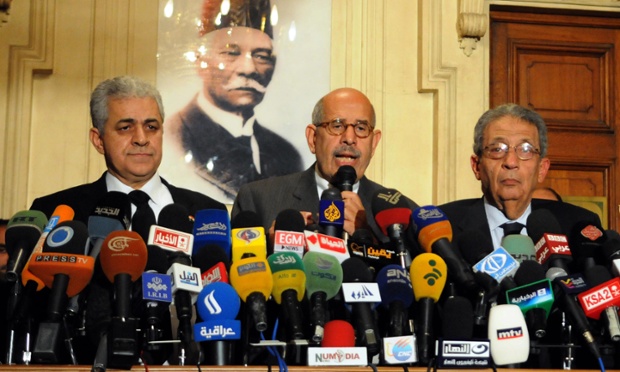When I think of jazz music, instead of picturing the explosive musical phenomenon that empowered an entire generation of African Americans and gave the world some of its greatest ever musicians, I can’t help but imagine airport departure lounges and elevators in five-star hotels.
It seems to me that the original essence of improvisation and endless musical expressions that the American jazz age represents has been lost and replaced with one of tedious saxophone solos and apathetic background music. Moreover, like many music connoisseurs, jazz often sounds conflicted and confused and sometimes I feel as though each musician is playing in his own private sphere with consideration to his band mates.
Perhaps that’s why I was quite taken by surprise with the Jazz Factory performances, some of which were unlike any jazz performance I’ve seen before.
In the beginning, I was shocked at how loosely the term ‘jazz’ had been applied. The music I was watching on stage did not correspond at all to any image, positive or negative, that I had in my mind.
In place of American three-piece bands wearing dark suits there were groups from as far a field as Norway and Hungary playing a style of music that I had only ever seen in the neglected ‘World Music’ section at the back of high street music shops in the UK.
Jon Balke’s Siwan project for example at Gomhouria Theater invited Moroccan singer Amina Alaoui to perform in collaboration with them, supported by both baroque and improvising musicians playing classical European and Middle Eastern instruments. Over the course of the next week and a half it was this blend of different cultures’ musical styles that typified the sound of the Jazz Factory.
Up until this point I had by no means been disappointed by the music. It had in fact been a wonderful exploration of musical fusion and the product itself was very appealing but it still didn’t feel like jazz. I was struggling to see how the term could be justified when I had heard more ouds than trumpets and more violins than double basses. That is, until I saw radio.string.quartet.vienna at the Sawy Cultural Wheel Wednesday night.
radio.string.quartet.vienna are, as the name would suggest, a quartet heralding from Austria who play three violins and one cello – an instrumental combination that implies more chamber music than jazz. They arrived on stage dressed formally as though they were going to play classical music at the Opera House’s expert audience rather than a small auditorium of young, excitable partygoers.
However, from the first note, it was plain to see that the band was going to be well received. The music that they played was their own arrangements of John McLaughlin’s songs written for the electric Jazz-Fusion group the Mahavishnu Orchestra. The band has drawn heavily upon their classical training and incorporated it into their interpretations along with many other styles without losing the fiery core of McLaughlin’s music.
The arrangements were incredibly detailed and their delivery was brilliantly dynamic. The different musical influences were so well defined within their music it felt as though I was being transported throughout time and space as the different movements began. The lively folk based sections of “Open Country Joy are reminiscent of bawdy Irish pub parties, the opening of “Vital Transformation sounds like a Hollywood hybrid of Holst’s “Planets while “Birds of Fire evoked images of a primeval tribe performing a ritual ceremony.
radio.string.quartet.vienna’s music has the madness of Shostakovich violin concerto, the beauty of a Chopin piano sonata and the power of a Bach fugue. Halfway through the concert, I actively felt my mood changing as they floated through their enormous repertoire of musical genres.
There was a hushed silence throughout the performance and rapturous applause afterwards. The incredible supremacy of their performance completely overshadowed the BSB Trio from the Netherlands who played some of the greatest jazz records, including Thelonius Monk, before them. The band also made it very difficult for the Liqaa Group, who performed after them, to inspire the audience in the same way.
As a result, their departure caused the atmosphere to cool off. Liqaa Group, despite having nine very talented musicians on stage, sounded flat and unoriginal. The audience were uncooperative and gave only the meekest of replies when required to echo some of the singer’s words during the chorus.
Having seen radio.string.quartet.vienna I understood why the festival is called the Jazz Factory. Jazz music is no longer strictly an American genre; jazz has developed and evolved over its hundred-year life and now exists in many forms.
Fathy Salama, the artistic advisor of the festival, has been exploring the concept of ‘melting pot’ jazz and this is clear in his organization of the festival. Where I initially saw no distinct identity and a confused sound, I now see a uniquely modern form of jazz that still includes all the original dynamism of improvisation and fluidity but now set in its own ethnically diverse context.
